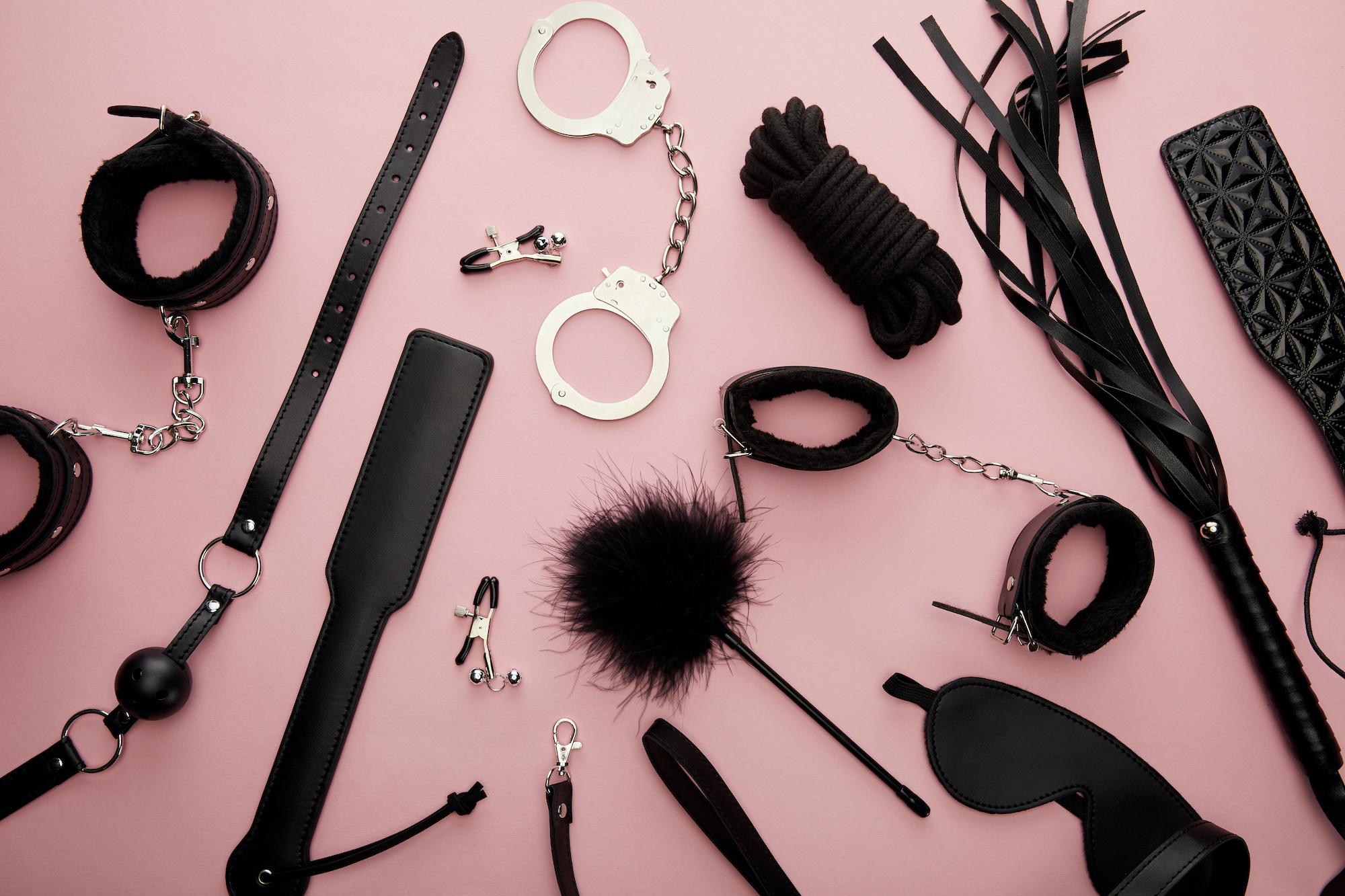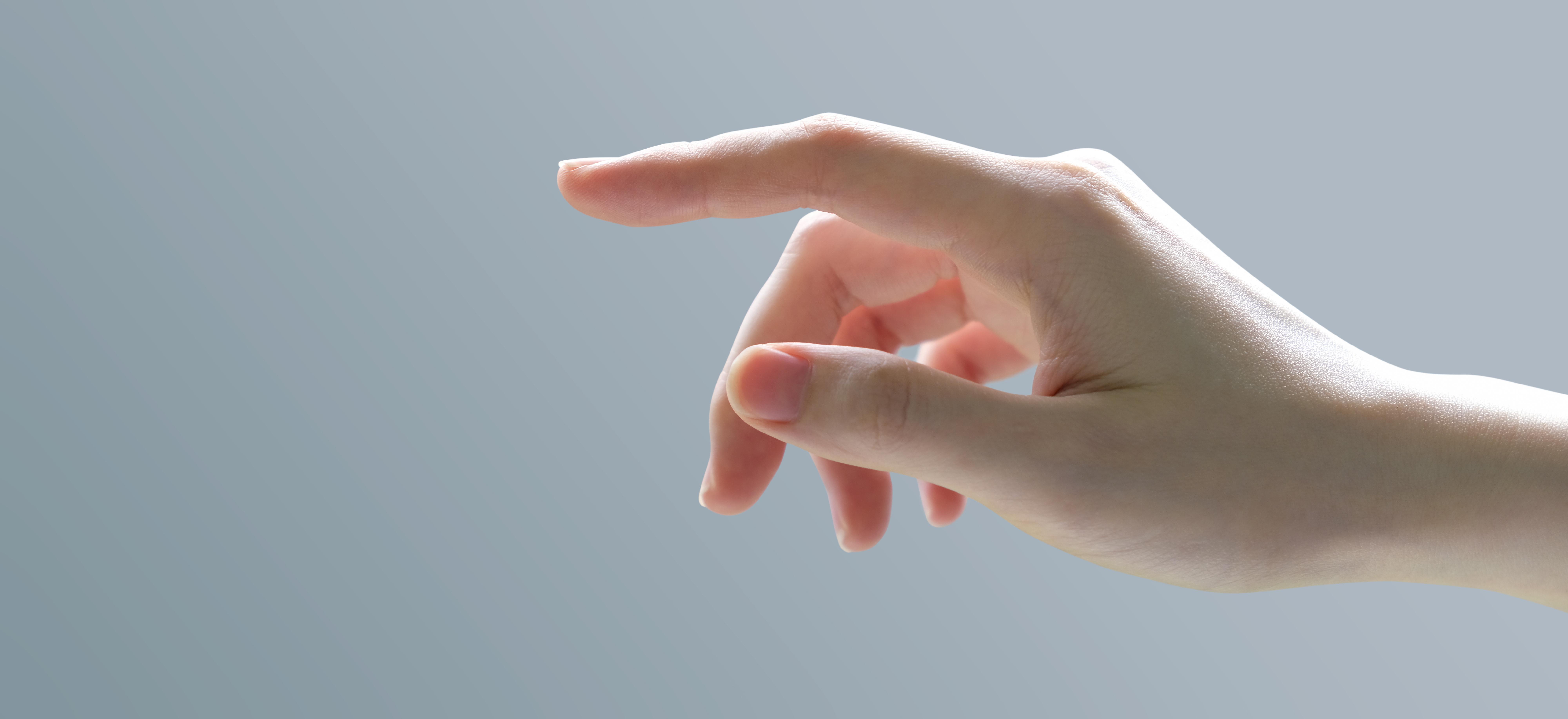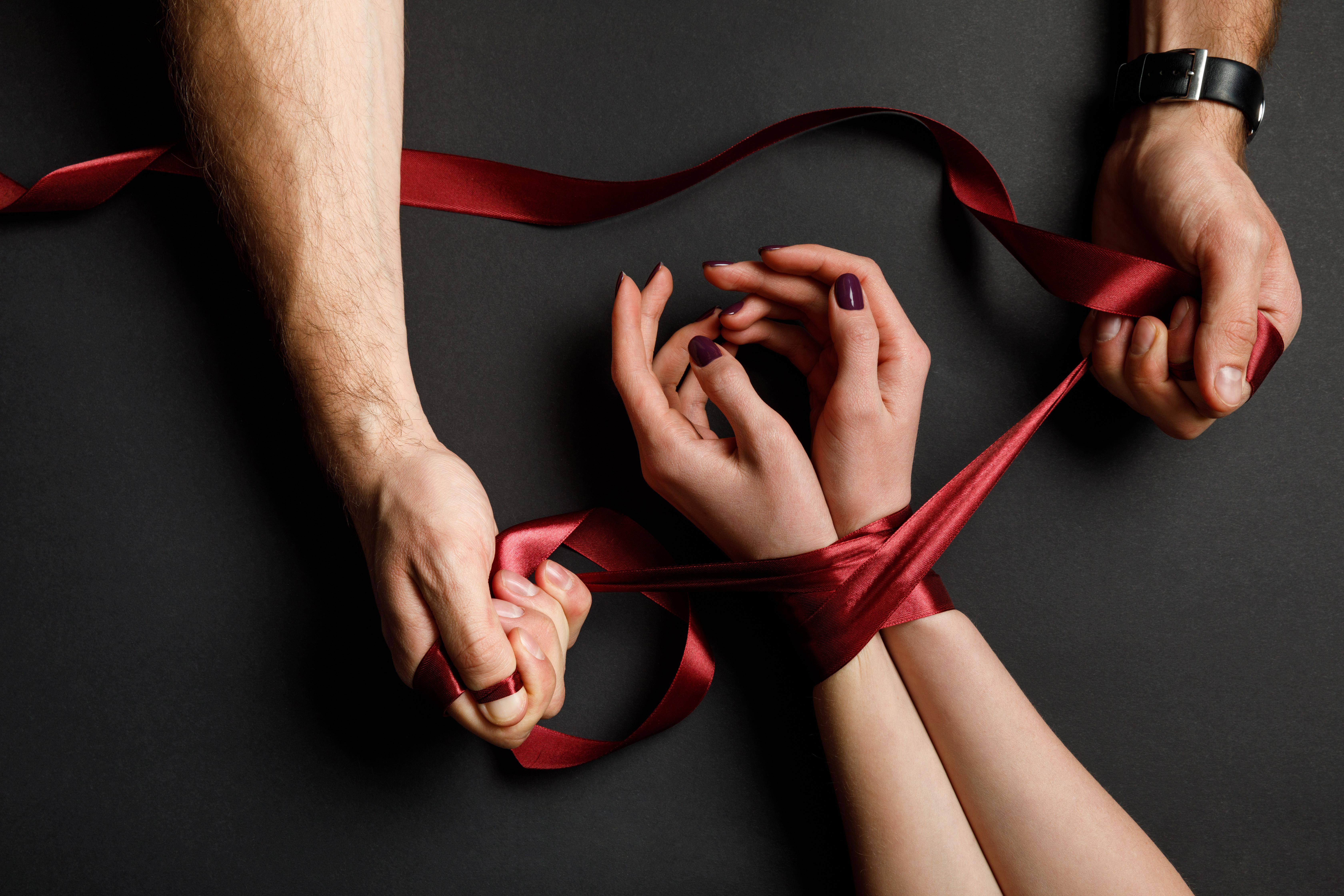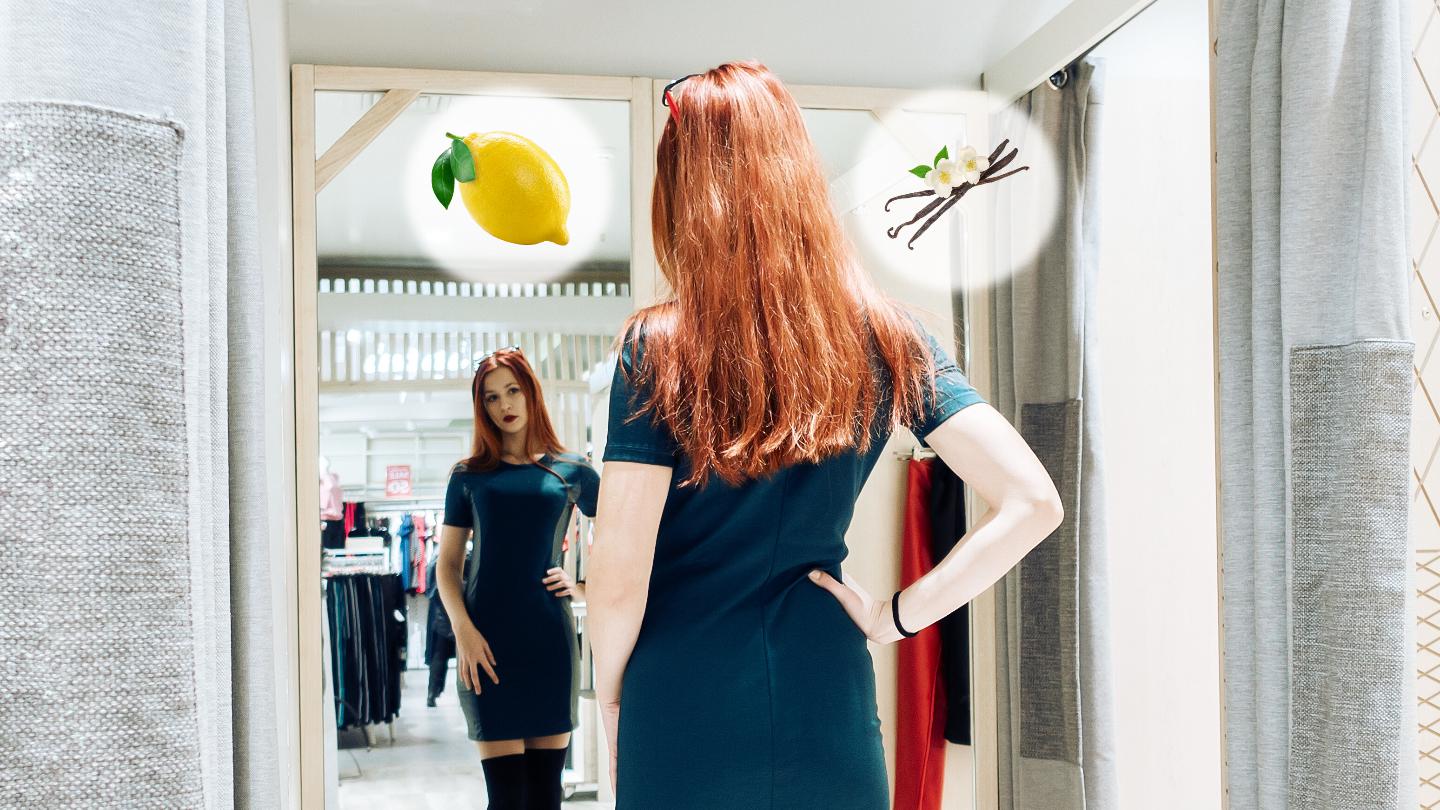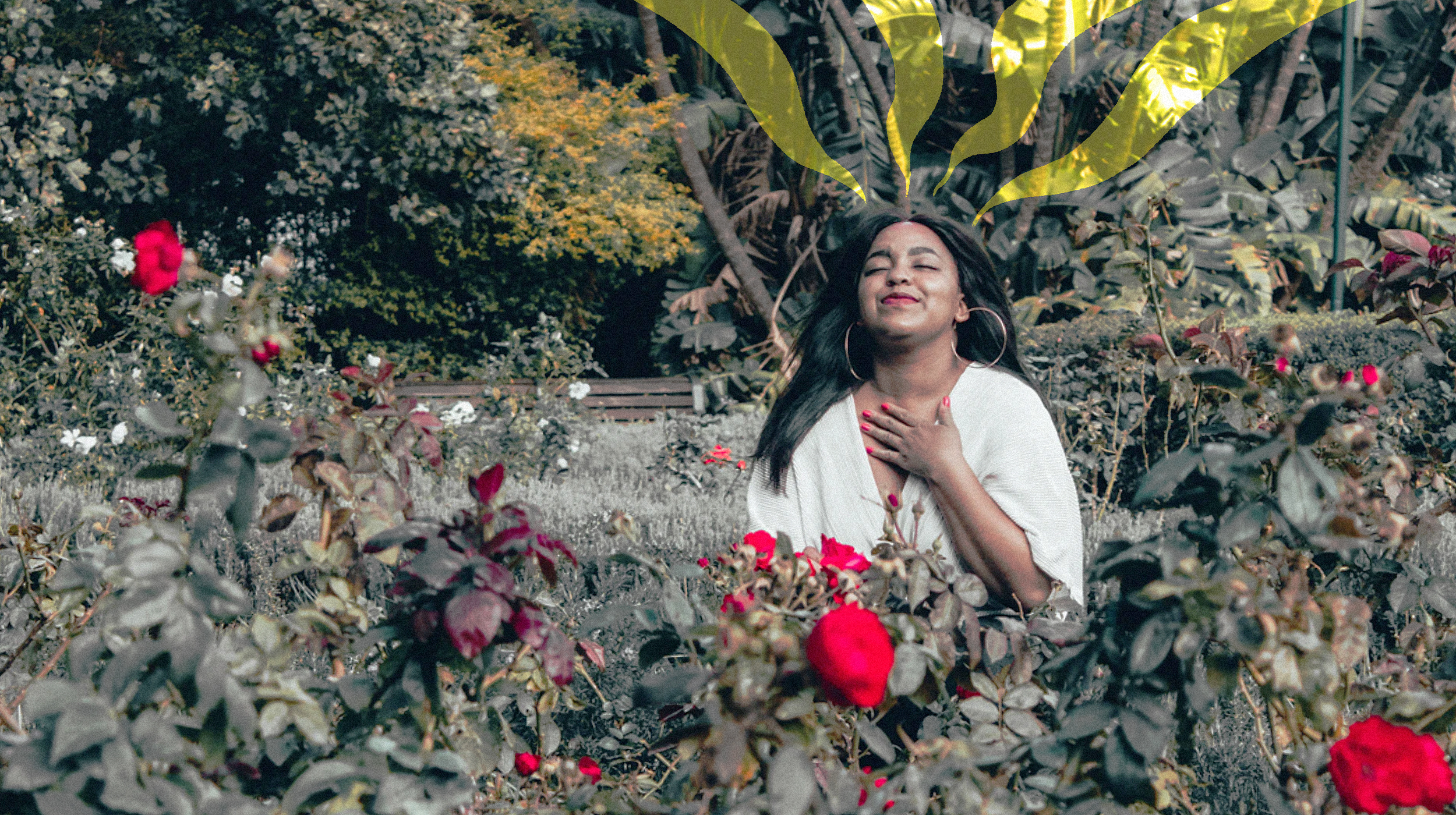INGRID FETELL LEE:
I think happiness and joy often get confused, especially in popular culture, and we often hear the words joy and happiness and positivity kind of all get mixed up. But happiness is something that psychologists measure over time. So it's more of a conscience appraisal of how good our life is and it often includes a range of different factors. How good we feel about our work, or the quality of our relationships, or whether we feel like we have a sense of purpose. All of those things go into our feeling of happiness. And it can be kind of complicated. Sometimes we don't even know if we feel happy. Whereas joy is a lot simpler and more immediate. So a way that I define joy and a lot of psychologists define joy is as an intense momentary experience of positive emotion. And the way that we measure that is through actual physical expression. So smiling, laughing, and the feeling of wanting to jump up and down. These are some of the different ways that psychologists measure joy. So whereas happiness is something that measures how good we feel over time, joy is about feeling good in the moment.
I'm going to talk through the ten different aesthetics of joy and as I talk about these you may find that some of them sound really familiar to you. When I started asking people about the things that brought them joy and I started hearing certain things over and over again. I noticed that there were certain visual and sensorial patterns in the things that emerged. So these ten aesthetics of joy each one is one of those patterns. And they connect the physical world around us to the emotional world within us.
Abundance is the kid in a candy store aesthetic. So we often say that when we feel a sense of joy it's like our cup runneth over. It's almost like the feeling is so good it sort of bursts out beyond the boundaries of our bodies. And that feeling of abundance also ties to a feeling of abundance in our surroundings. So when our ancestors were sort of roaming the savannahs and looking for good places to settle, often it was a sense of lushness in their surroundings, a sense of abundance that told them that this would be a good and a safe place to be. And so we still rely on a sense of abundance which we can find in things like polka dots and stripes and multicolor or rainbow color palettes. And those things give us this feeling of abundance.
If you're someone who finds joy in a really well organized closet or in a collection of things that are arranged neatly, harmony is the aesthetic for you. And this is the aesthetic of balance and symmetry and pattern. And it comes from the fact that seeing order in the world around us often gives us a sense of joy and calm. It lets our brains relax because we know that we can spot threats or opportunities because the rest of the world is orderly and organized around us.
Energy is the aesthetic of color and light and it explains why we have an innate attraction to a sense of brightness around us. So we often use the terms, we often use brightness and darkness as a proxy for our emotions. We say that life is golden when things are going well or if we are in a bad mood we have a dark cloud hanging over us. Well it turns out this spectrum of brightness to darkness is a universal thing and that bright colors are universally understood to be joyful.
We find joy in experiences of freedom. The feeling of being let loose and having our bodies be unbounded. So that feeling of when you were a kid and on the last day of school the school doors burst open and you could burst out onto the playground. That's a feeling of freedom. But also the feeling of being in a wide open meadow and having space around us. Often nature is the thing that gives us a feeling of freedom now because we live in sort of enclosed indoor environments. And when we're sort of let out into nature and when we bring those natural elements in side we can find that feeling of freedom in our day-to-day lives.
This aesthetic came out of an observation that I made while I was looking at all of these different objects that people told me were joyful. And I started looking at all the objects of childhood. Things like hula hoops and bubbles and balloons and bouncy balls and merry go rounds and carousels. And I noticed that they're all round. And I started to wonder why are so many things that are playful round? Well it turns out that round shapes are the safest shapes. They don't risk injury. And so they make it easy to play with them and they can also be used in the greatest variety of ways. They have the broadest affordances which is a term designers use to describe the different ways that things can be used. And so round shapes are naturally associated with play.
Surprise is the aesthetic of contrast and whimsey and a classic example of surprise occurred to me one day when I was at a business meeting. It was really early on in my career. I was very stressed out. I was about to give a big presentation and I was so anxious I thought I might fall over. And I looked down and I saw at the feet of the executive next to me a pair of rainbow striped socks. And he was this serious buttoned up executive and yet hiding under there was this joyful, playful thing and it set me at ease. And that's what surprise does. It catches our attention, it's incongruous and it calls our attention to things that we might miss otherwise in our surroundings.
Transcendence is the aesthetic that explains the joy we find in hot air balloons and tree houses and hummingbirds. Things that float and fly in the air, things that draw our eyes upward in space.
Magic is the aesthetic of things that we can't quite put our finger on, things that we can't quite grasp. It involves mysterious movements and lights that shimmer and shift. Things like fireflies or those swirling iridescence on the edge of a bubble or in an oily puddle. Those kinds of things feel between worlds, right. We can't quite put our finger on them and they create a feeling not only of joy but of wonder. And this feeling often creates curiosity within us. It sort of leads us toward new discoveries.
Renewal is the aesthetic of growth and change and it reflects the kind of dynamism that we hope to see in our own lives, this feeling of movement and progress around us. So it explains the attraction we find to shapes that feel expansive like the opening of a flower, spirals, the way that spirals reflect, the way that plants tend to grow. So this aesthetic really brings to life that feeling of growth and potential and change that we find in our surroundings.
Joy is a highly contagious emotion. It's something that spreads easily between people and celebration is the aesthetic that explains how joy spreads between people. When we want to amplify our joy when we're in a moment of coming together in celebration we want our joy to be as contagious as possible. And so we use things like fireworks that burst open. We use sparkle. We use glitter and confetti and things that sort of feel almost effervescent. And we use those elements to amplify the sense of joy we feel in a celebratory moment.
I think it's interesting because as a culture we're obsessed with the pursuit of happiness and we often attach the idea of happiness to big things happening in our lives. So getting married or finding the right job or having children or grandchildren and we think that these things are going to make us happy. And that can often make happiness feel kind of elusive because many of the factors involved are out of our control. Whereas joy is much easier to access because it's visceral. We always know if we're feeling joy when we feel it. And it's measured in these small moments. And so instead of focusing on a lot of these things that are out of our control when we focus on joy we can focus on creating more of those smaller moments.

